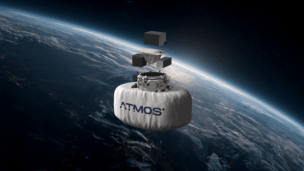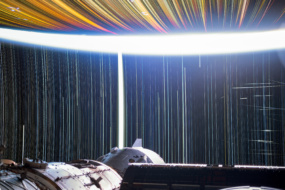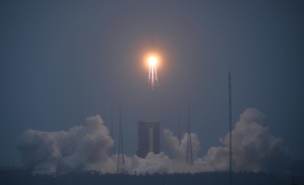Boeing’s Starliner finally pulled up at America’s orbiting laboratory Thursday afternoon with two very patient astronauts onboard, though not without springing some leaks and losing some thrusters along the way. That’s a big step forward for the long-awaited vehicle, despite some in-flight hiccups.
Manifold Destiny: When Starliner launched on Wednesday, engineers knew it had a persistent helium leak from one manifold in its propulsion system. Now on orbit, it has sprung three new leaks. Before the flight, engineers suspected a flaw in the manifold’s seal or a bad installation, but now they’re trying to figure out if there is a common problem across the leaks.
Even with the leak, there should be enough helium left to allow Starliner to undock and deorbit, and the manifolds will be screwed up tight while the vehicle is at the ISS.
Thruster dust-up: When the vehicle began the careful process of approaching the ISS with precision pulses of its 28 reaction control thrusters, five of them failed—that is, software in the spacecraft assessed that they weren’t working and shut them down.
That forced Starliner to miss its first docking window, but astronauts Butch Wilmore and Suni Williams were able to test fire and re-engage four of the five engines that had registered failures, allowing Starliner to safely approach the station.
Engineers aren’t sure exactly why this is happening, although they saw similar problems in Starliner’s second uncrewed flight test. Still, Starliner program manager Mark Nappi said he is confident that there will be no problems returning Starliner to Earth, with a potential departure no earlier than June 14.
Paperwork pile-up: Boeing needs NASA to certify the vehicle for operational flight. Nappi has said he expects that to be done by November, but that depends on how many anomalies need to be addressed after this flight.
“We have two problems on this vehicle: a helium leak and figuring out how to fine-tune these thrusters,” he told reporters on Thursday. “We’ll figure them out for the next mission.”
Abhi Tripathi, the chief engineer for crew Dragon during its early flights, said the problems that cropped up this week before the launch are typical for the demo flight of spacecraft. But just as NASA required SpaceX to fix issues found on test flights before operations began, the agency will expect Boeing to address that design debt before the next crewed flight.
“That debt needs to be paid at some point; they will make Boeing pay the debt by doing some sort of redesign, before the first operational mission,” Tripathi said.




